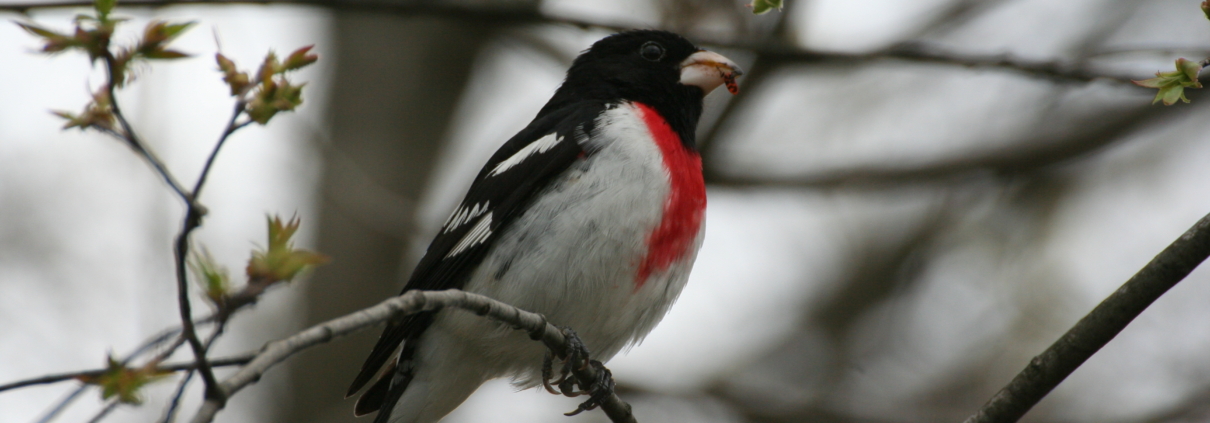Migratory Species are Blind to Borders, But We are Not
Migratory species from sandhill cranes to polar bears travel thousands of miles each year as the seasons change. Without the aid of GPS technology they find their way with an instinct as old as each species itself. This instinct allows them to traverse both natural and man-made landscapes effortlessly without regard for state lines or international borders. Despite migratory species’ remarkable navigational skills, their journeys are not always safe, and their destinations may no longer exist in their natural forms upon their arrival.
When it comes to protecting migratory species, thinking within the boundaries of your own backyard is not enough. If the bald eagle enjoys safe refuge in Alaska during the summer months but finds their habitat devastated by human activities when it migrates to California for the winter, their life is still in grave danger.
International law has begun the expansive process of protecting migratory species. Globally, states that have ratified the Convention of the Conservation of Migratory Species of Wild Animals (CMS) recognize that they are the protectors of migratory species that live within or pass through their national boundaries. Therefore, member states seek “to conserve the habitat of migratory species that would significantly benefit from international cooperation.” These conservation efforts are required to include trans-national coordinated conservation and management plans. North American countries are not a part of the CMS agreement, but they do work to conserve migratory birds through enforcement of the U.S. Migratory Bird Treaty Act of 1918. This treaty declares that killing, selling, and possessing migratory birds is a felony punishable by federal fines and imprisonment.
In addition to acting in accordance with conservation laws, corporate conservation teams can play an active role in protecting migratory species in other ways. For example, by using the free IPaC planning tool, it is possible to learn what species’ habitats are on your property and if those species are migratory. If any species are migratory, you can find out where they migrate to and contact corporations working in that region. The point of this contact should be to initiate a joint effort to protect and conserve your common migratory species. This communication could prove valuable to both corporate teams and wildlife, as the conservation effort could allow you collaborate with other corporations, while also ensuring the presence of both the summer and winter habitats needed by migratory species.
We cannot protect wildlife by thinking like a human. Instead, we must be willing to look at the world through the eyes of the migratory species we wish to protect, looking beyond their borders, and spotting new opportunities for connection.








